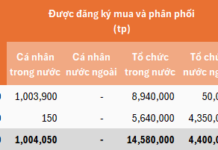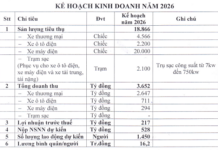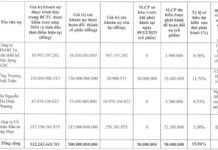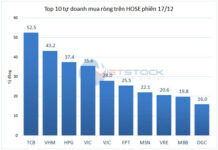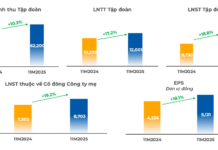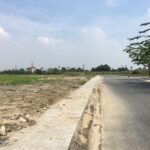The upcoming investment in four major transportation projects is set to transform this area, finally putting an end to the persistent traffic congestion issues. These projects include the construction of the Thu Thiem 4, Can Gio, Nguyen Khoai, and Binh Tien bridges and roads, totaling thousands of billions of VND in investment value.
With a total investment of over 3,700 billion VND, the Nguyen Khoai Bridge and Road project is expected to commence construction by the end of this year and be completed by 2027. This project is strategically designed to alleviate traffic pressure on existing routes, offering a total length of nearly 5km. The bridge section will span approximately 2.5 km, while the remaining road section will be over 2.3 km long.
Starting from D1 Road, this route will provide a vital connection between Saigon University and Nguyen Van Linh Road in District 7. It will then cross the Te and Ben Nghe canals to join Vo Van Kiet Road in District 1. Additionally, connecting branches will be constructed to ensure a seamless link with District 4.
The Thu Thiem 4 Bridge Project will connect the new Thu Thiem Urban Area with District 7. With a length of 2.16 km and a total investment of approximately 4,840 billion VND, this bridge will not only reduce congestion on existing routes such as Ton Duc Thang, Nguyen Tat Thanh, Khanh Hoi, and Huynh Tan Phat but also boost the socio-economic development of the region. The project is expected to break ground in 2025 and be completed by 2028.
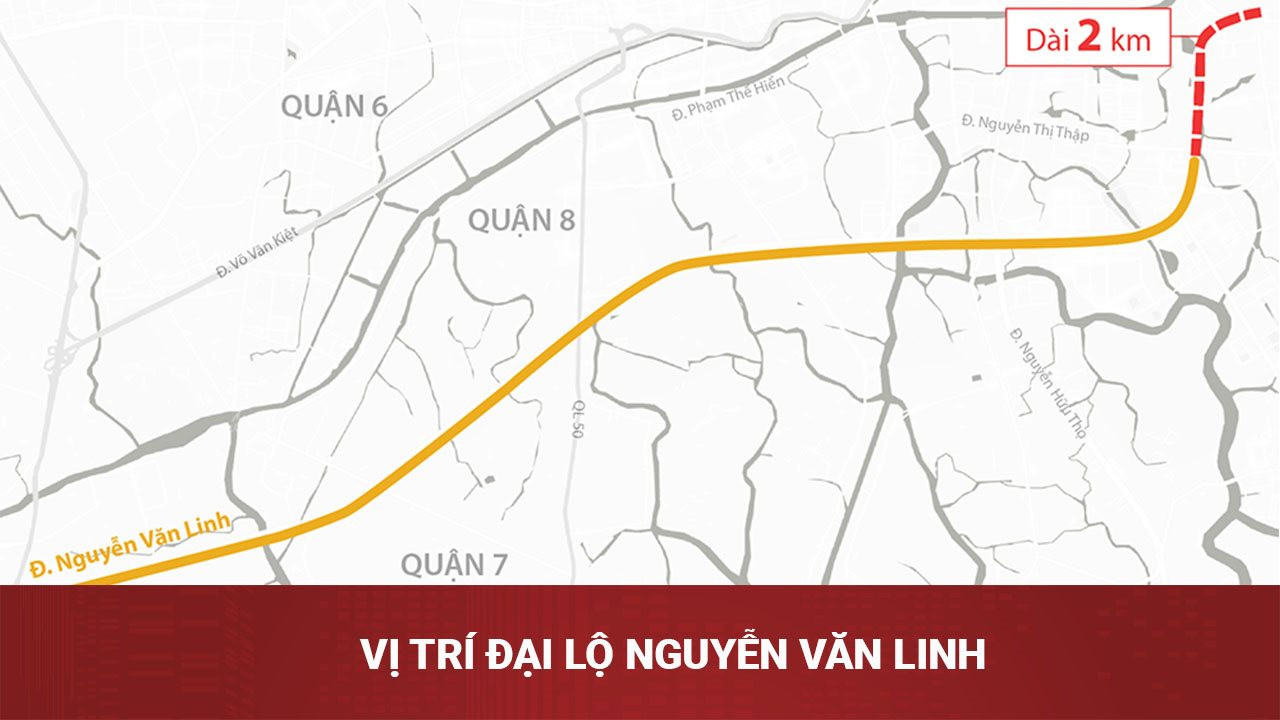
Nguyen Van Linh Avenue has been identified as the backbone of a comprehensive transportation network, connecting southern districts of Ho Chi Minh City with western provinces and key economic regions in the Southeast. It also serves as a vital link in the eastern beltway system.
Another key project in the works is the Binh Tien Bridge and Road , which aims to address the overload on routes connecting District 8 with the Ho Chi Minh City center. With a length of 3.2 km and a width of 30-40 m, this project will have its starting point at the Binh Tien – Pham Van Chi intersection in District 6, crossing Vo Van Kiet Avenue and Tau Hu Canal before connecting to Nguyen Van Linh Avenue in Binh Chanh District. The total investment for this project exceeds 6,200 billion VND, and it will be implemented through the BOT form.
Expected to break ground in late 2025 and be completed by 2028, the Binh Tien Bridge and Road will provide a new axis from the center of Ho Chi Minh City to Nguyen Van Linh Road, while also connecting to National Highway 50, National Highway 1, and expressways.
The real estate market in the southern part of Ho Chi Minh City has witnessed significant changes due to the development of transportation infrastructure. Projects located along the Nguyen Van Linh route have particularly attracted market attention. As urban expansion moves to the outskirts, population decentralization to address housing issues has also encouraged investors to focus on projects along this vital artery.
For instance, Nam Long and its Japanese partner recently launched the final batch of completed Flora Panorama apartments (part of the 26-hectare Mizuki Park) with attractive sales policies and benefits. With its existing amenities and prime location in the southern part of the city, the Mizuki Park urban area has already attracted a community of 3,600 resident families. The project dedicates 71% of its area to green spaces, canal restoration, and utility development.
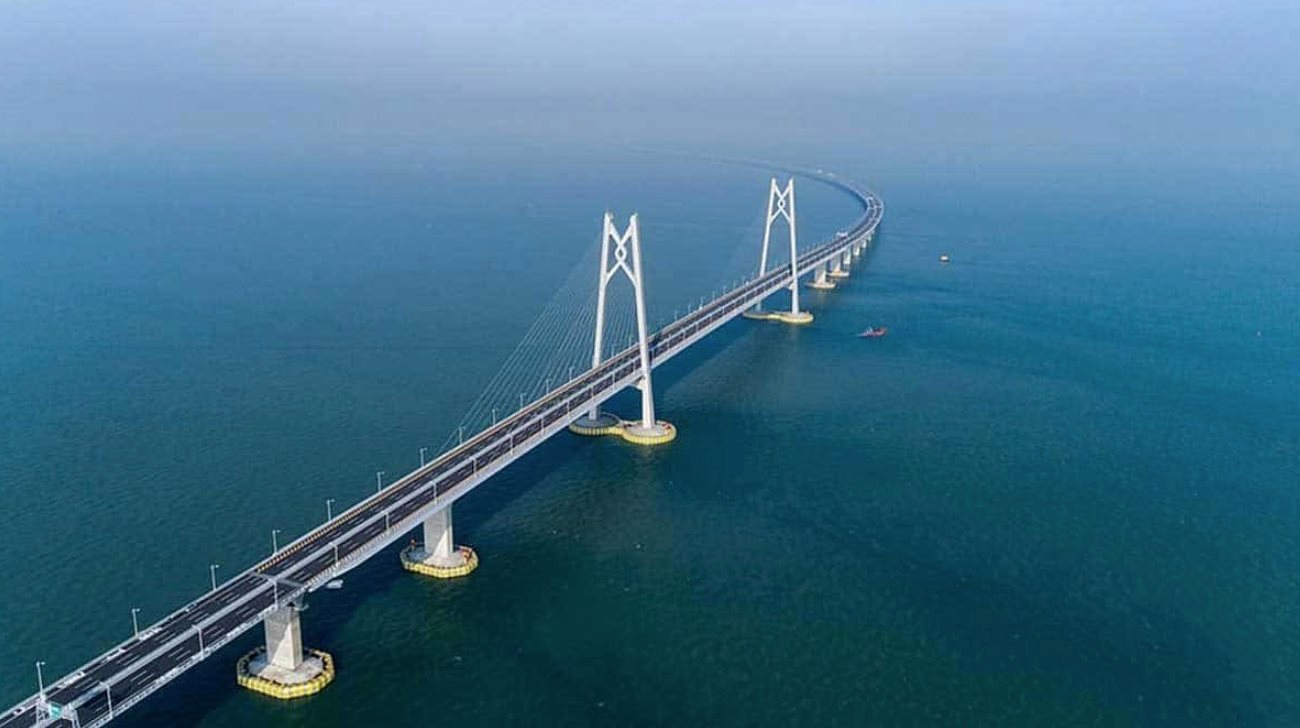
The Can Gio Bridge is a crucial project connecting Can Gio and Nha Be districts, spanning the Soai Rap River with a length of approximately 7.3 km. With a total expected investment of over 10,500 billion VND through the BOT form, this project is set to break ground in 2025 and be completed by 2028. It will replace the Binh Khanh ferry and connect the city’s only island district to the central region. This multi-billion-dollar bridge will not only improve transportation connections but also accelerate the development of the Can Gio Seafront Urban Area and the Can Gio International Transit Port, transforming the socio-economic landscape of the southern region.
The Great Northern Exodus: Retracing the Steps of Our Southern Kin
On the evening of September 1st, at the Memorial Site for Compatriots and Southern Soldiers who Regrouped to the North in 1954, in Sam Son City, Thanh Hoa Province, a live television bridge was organized with Ho Chi Minh City and Dong Thap to commemorate the 70th anniversary of the signing of the Geneva Agreement and the historic regroupment journey.
Unlocking Regional Potential: A $5.3 Billion Investment to Create a Transport Hub, Connecting Ho Chi Minh City and Vietnam’s Future Centrally-Governed City
As the gateway connecting Ho Chi Minh City and Binh Duong Province (which is set to become a centrally-governed city by 2030), the Song Than intersection currently only has a two-tier structure. The narrow An Binh road, with its two lanes, often experiences heavy congestion.
The City of Ho Chi Minh will Adjust the Collection Rates in the New Land Price Table
The newly proposed land price schedule has increased prices by as much as 5 to 51 times compared to the previous schedule. However, the authorities will collaborate and report to the People’s Committee of Ho Chi Minh City, proposing that the government review and adjust the tax rates and collection amounts as necessary to ensure equitable financial obligations regarding land matters.











